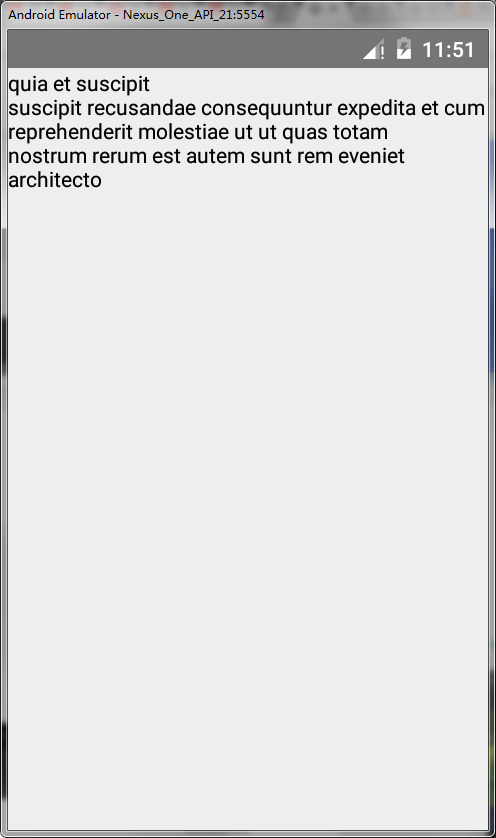上一章React Native实战教程请查看:React Native图片Image元素
在本章中,我们将向你展示如何使用fetch处理HTTP网络请求。
App.js
import React from 'react';
import HttpExample from './http_example.js';
const App = () => {
return <HttpExample />;
};
export default App;
使用fetch
一旦组件被挂载,我们将使用componentDidMount生命周期方法从服务器加载数据,该函数将向服务器发送GET请求,返回JSON数据,将日志输出到控制台并更新状态。
http_example.js
import React, {Component} from 'react';
import {View, Text} from 'react-native';
class HttpExample extends Component {
state = {
data: '',
};
componentDidMount = () => {
fetch('https://jsonplaceholder.typicode.com/posts/1', {
method: 'GET',
})
.then(response => response.json())
.then(responseJson => {
console.log(responseJson);
this.setState({
data: responseJson,
});
})
.catch(error => {
console.error(error);
});
};
render() {
return (
<View>
<Text>{this.state.data.body}</Text>
</View>
);
}
}
export default HttpExample;
输出:

 srcmini
srcmini
评论前必须登录!
注册